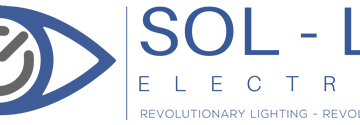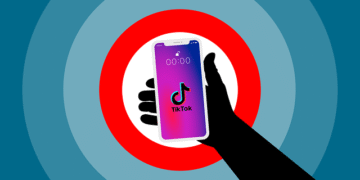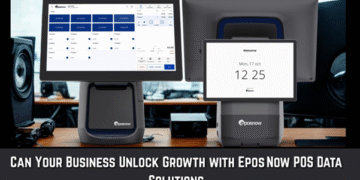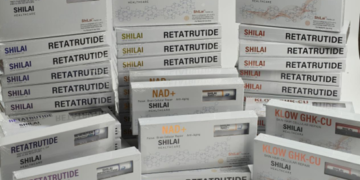With the rise in technology, the printing industry is also becoming more advanced day by day. Whether it is about creating vibrant marketing material or packaging products, printing can make or break the deal. The choice of a UV printer or a traditional printer may influence the success of your project. This is why choosing the right printing method is important for you.
But, the question arises: which one is right for you? To help you, we will guide you in choosing the right printing option for your product or business. Take a look!
Overview of UV Printing
UV printing is a new technology that uses UV light to instantly cure inks onto the printing surface. The UV printing machine is best for printing onto plastics, metals, and glass. You need to pass the printed product packaging through a UV curing unit of a printer that helps cure the ink in seconds. This quick curing process of UV printers not only saves you drying time but also improves the print quality.
Advantages and Disadvantages of UV Printing
Here are the advantages and advantages of UV printing:
Advantages
- Great visual impact – UV printer produces vibrant colours and sharp details that result in high-quality printing.
- Less drying time – Since UV inks cure instantly, you don’t need to dry the ink in additional time. Thus, it saves you valuable time while streamlining the production process.
- Flexibility – You can do UV printing on various materials, including plastics, metals, glass, wood, and more. This makes it a versatile and flexible printing option.
Disadvantages
- Higher costs – Compared to other printing methods, the initial cost of buying an ultraviolet printing machine is high.
- Learning curve – To operate UV printers, you may need training from UV printing machine experts.
Overview of Traditional Printing Methods
Traditional printing methods are the oldest ways to print on products. This includes several methods, such as offset lithography, flexography, letterpress, and screen printing. Offset lithography is commonly used for high-volume printing like books, newspapers, brochures, and magazines. Flexography is popular for packaging, labels, and flexible materials like plastic bags and food containers. Screen printing is also used to make prints on textiles and non-porous surfaces.
Advantages and Disadvantages of Traditional Printing
Here are the advantages and disadvantages of traditional printing:
Advantages
- Cost-effectiveness for bulk orders – When you need to print in bulk, traditional printing is a cost-effective solution.
- High-quality results with certain techniques – Traditional printing methods, especially offset lithography, produce high print quality and are best for professional print needs.
- Durability – Prints produced using traditional printing methods are long-lasting, especially with processes like flexography.
Disadvantages
- Longer drying times – With traditional printing methods, you need to dry ink properly, which may take hours. So, drying time is high.
- Environmental concerns – Traditional printing often uses solvent inks, which are not the greenest option. Also, these inks get evaporated into the air and cause pollution.
Key Differences Between UV and Traditional Printing
Check out the key differences between UV printing and traditional printing:
Material versatility
UV printing is versatile as you can use it on a wide range of materials, such as plastics, metals, glass, wood, textiles, acrylics, etc. But, there is no single traditional printing that you can use on every material. For instance, offset lithography and letterpress are useful only for paper and paper-based substrates. For printing on non-porous material you need to use flexography.
Print Quality
UV printing features sharp and vibrant colours. It offers exceptional resolution, which makes it useful for high-quality graphics and prints. In traditional printing, different methods offer different print qualities. Offset lithography is known for consistency and high-quality prints.
Durability
UV printing is resistant to fading, scratching, and smudging. It is because the UV-cured ink is durable. On the other hand, traditional printing is best for paper products where durability is less of a concern. Techniques like screen printing can offer great durability for textiles.
Environment impact
UV printing generally produces harmless compounds, unlike traditional solvent-based inks, which pollute air and water. So, UV printers are environmentally friendly.
Choosing the Right Printing Method for Your Project
Make sure you choose the right printing method for your project. Consider the material on which you wish to print, and then select the option carefully. Also, keep print quality and quantity in mind. If you want eco-friendly and long-lasting printing, then UV printing is a great option.
Also, consider your budget. UV printing is a little more costly than traditional printing, but it is durable. If you can afford to spend a few extra then consider using UV printer for your project. If durability is not of much concern, then traditional printing is also best. So, make your decision wisely and carefully.
Key Take Aways
Now, you are aware of what is UV printer and what is UV printing. Also, you get an idea about the differences between UV printing and traditional printing. So, choose one that fits best your project and budget. UV printing offers versatility and durability with lower environmental impact.





























